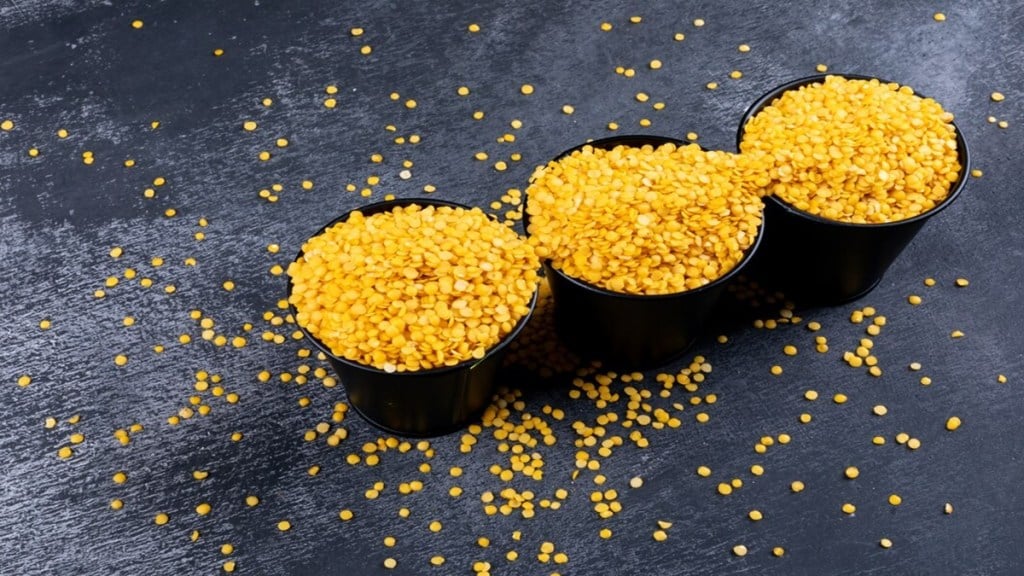To reduce import dependence for pulses and attain self-sufficiency, the Cabinet on Wednesday approved a six-year plan to boost production of these protein-rich staples, with a budgetary allocation of Rs 11,440 crore.
A centrally sponsored scheme – Mission for Aatmanirbharta in Pulses– will be operational between 2025-26 and 2030-31.
The mission will be implemented through a cluster-based approach across 416 focused districts. About 1,000 new packaging and processing units will be set up, with a maximum subsidy of Rs 25 lakh available for establishing processing and packaging facilities.
Production targets and infrastructure boost
Under the mission, the area under pulses cultivation will be expanded to 31 million hectare (Mha) from current level of 24.2 Mha, while the productivity is expected to rise to 11.3 quintal /hectare from 8.81 quintal/hectare. It would benefit over 20 million farmers.
The government has set a target to increase pulses production to 35 million tonne (MT) by 2030-31 crop year (July-June) from 25.23 MT in 2024-25.
Indian imports about 15-18% of its annual pulses consumption mostly tur, urad and lentil (masor) from Africa, Myanmar, Canada, Russia and Australia. The country imported a record 7.3 MT of pulses in FY25.
“With rising incomes and standard of living, consumption has increased. However, domestic production has not kept pace with demand,” according to an official statement.
The mission also seeks to expand the area under pulses by an additional 3.5 Mha by targeting rice fallow areas and other diversifiable lands, supported by promoting intercropping and crop diversification
The focus will be on developing and disseminating latest varieties of pulses which are high in productivity, pest-resistant and climate-resilient through multi-location trials in major pulse-growing states to ensure regional suitability, according to an official statement.
Farmer assurance and market intervention
Under the mission agencies such as farmers cooperative Nafed and NCCF will carry out 100% procurement of tur, urad and masoor under the price support scheme (PSS) of the Pradhan Mantri Annadata Aay Sanrakshan Abhiyan (PM-AASHA) for the next four years from farmers who register with these agencies and enter into agreements.
While stating that India’s pulse production rose spectacularly during 2015-16 to 2021-22, the Commission for Agricultural Costs and Prices (CACP) in its ‘price policy for rabi crops marketing season 2026-27’ noted: “Pulses production has stagnated in the recent years mainly due to technology fatigue resulting in deceleration in area and yield, and unrestricted cheap imports of pulses, particularly yellow peas, gram, and lentils.”
Currently, -duty-free imports of yellow peas, tur and urad has been allowed till March 31, 2026, bengal gram and masoor has imported duty of 10% valid till end of FY26.


